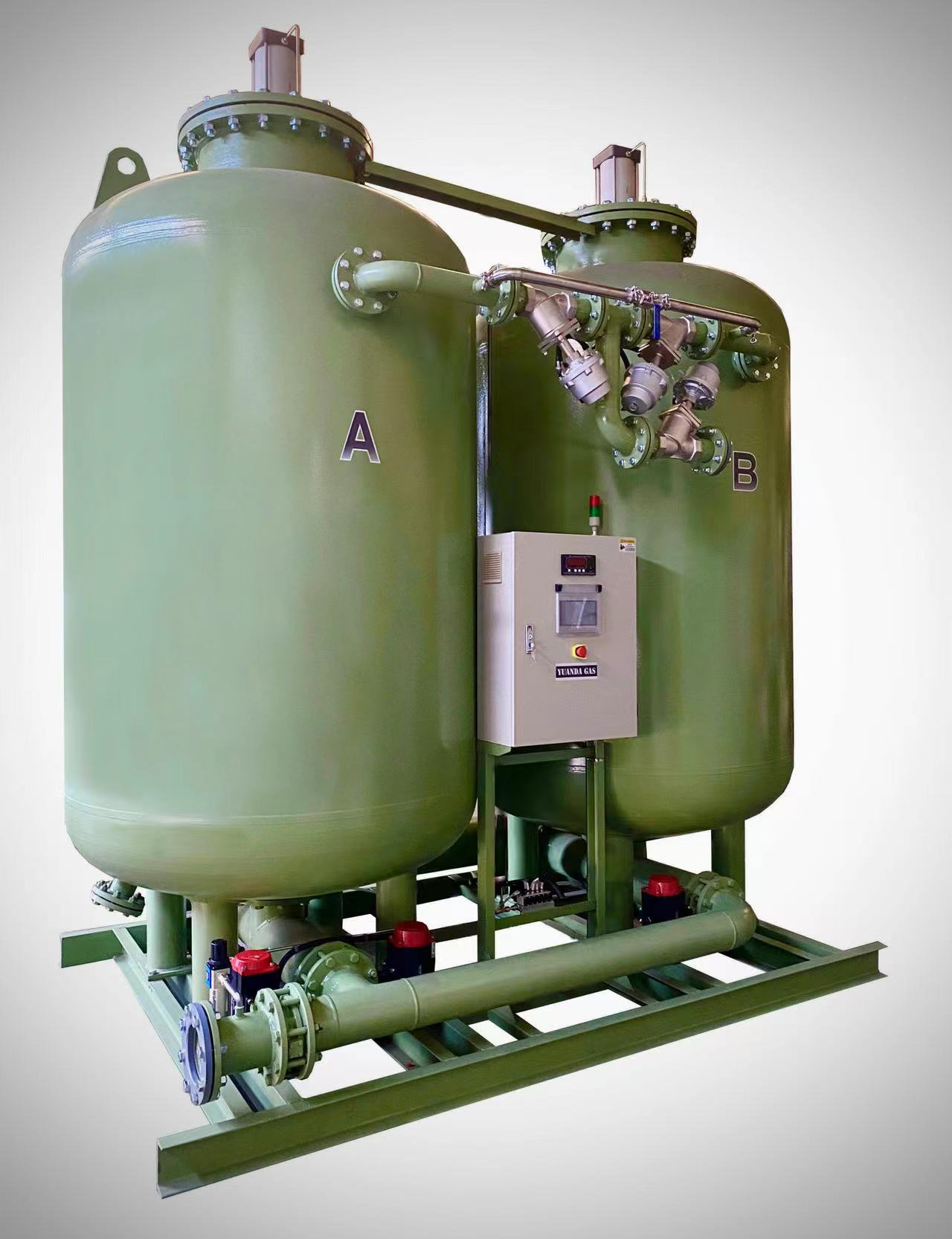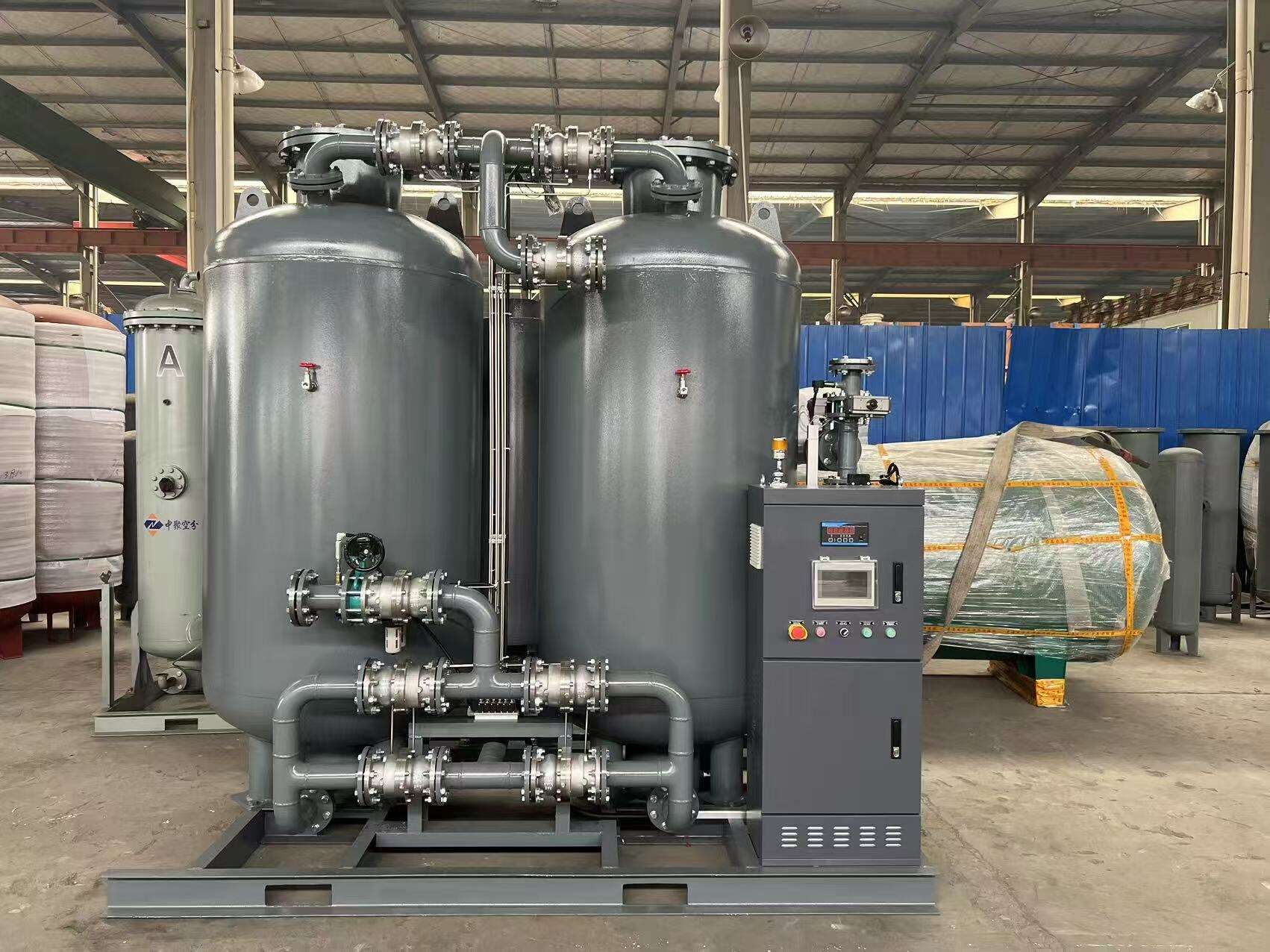psa oksijen qaz jeneratoru
PSA oksijen qaz jeneratoru, atmosferik hava dan oksijeni ayırmaq üçün Basınç Dövri Adsorpsiyası texnologiyasından istifadə edən yerli oksijen ümumiyyətə çıxarışı üçün innovativ bir çəkilidir. Bu mürəkkəb sistem, sinqronlaşdırılmış molekulyar süzgü yataqları vasitəsilə sıxışdırılmış hava sürüşdürülür və bu proses nəticəsində azot seçidlənir, oksijen isə keçid edir. Nəticədə 90%-95% konsentrasiyaya çatmaq olanağı təmin edilir və bu da yüksək sərfəli oksijenin müntəziyyatlı təchizatı deməkdir. Jenerator çevrilməş bir proses vasitəsi ilə işləyir: bir yatak gəzləri ayırırkən, digəri yenidən tikintilənir və bu da oksijen ümumiyyətə çıxarışını kesintsiz şəkildə təmin edir. Mühəndislik PSA oksijen jeneratorları avtomatik işləmə və oksijen sərfəliyi, basinq dərəcələri və sistem performansının real vaxtda izlənməsini təmin edən güclü idarəetmə sistemləri ilə təchiz edilib. Bu ünitelər, basinqi azaltmaq üçün valvullar, oksijen analizatorları və acil halda sistemlərin dayandırılması üçün təminatlar kimi çoxsaylı təhlükəsizlik elementləri ilə dizayn edilib. Texnologiya, sağlamlık tesisləri, şüşə inkişafı, metal işləməsi, su təmizləməsi və balıq yetişdiriciliyi kimi fərqli sahələrdə geniş miqyasda tətbiq edilir. Sistem modulyar dizaynla skalallaşılabilən və hər iki kiçik miqyasda olan operasiyalara və böyük endustriyalıq quraşdırmalara uyğun olan, saatda bir neçə metr kubikdən bir neçə yüz metr kubikdən artıq ümumiyyətə çıxarmaq imkanı təmin edir.


